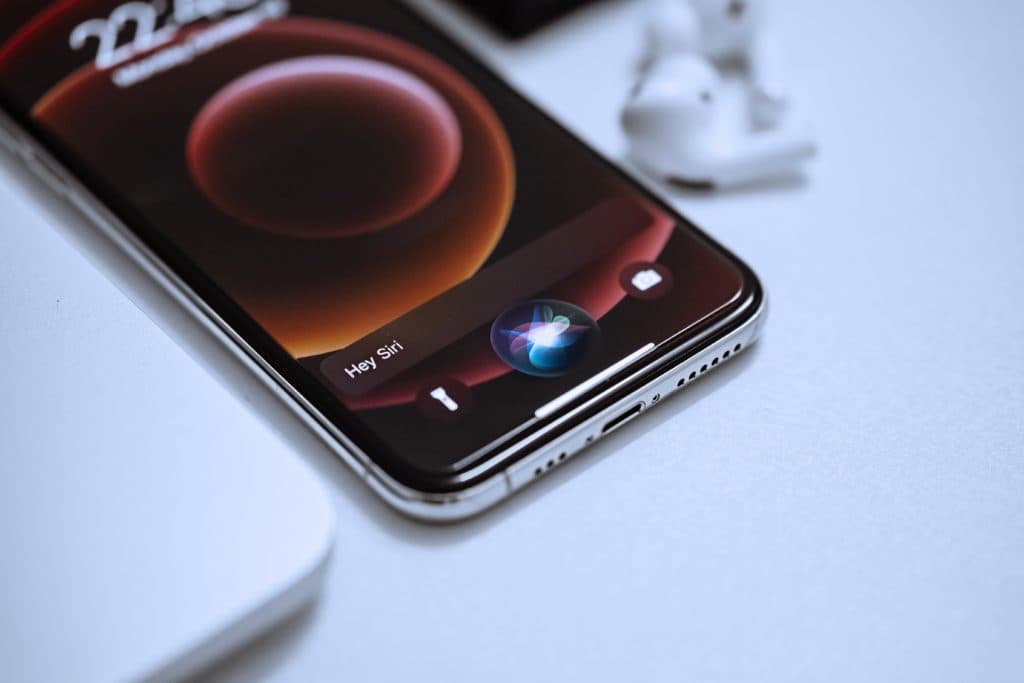What Is Siri Knowledge, and What Can It Learn About You?
By Trae Jacobs,
When you buy through our links, we may earn an affiliate commission.
Pretty much everyone has some understanding of what Siri is and how to use it. However, the inner workings of Siri may be a mystery to some Apple users, leaving them wondering how much information Siri collects about them. I did some research online to learn exactly what knowledge Siri has.
What is Siri Knowledge, and what can it learn about you? Siri gets its knowledge by accessing the built-in apps on the Apple device. Siri is also adaptable. It can learn the user’s name, voice, home and work addresses, current location, and family members.
If you use Siri, you will want to know more details about the information that Siri collects from you. You may also want instructions on how to teach Siri your personal information to make it a more effective voice assistant.
Siri Knowledge
Siri automatically has full access to all the built-in apps on your Apple device, including Mail, Messages, Maps, and Safari. It is from these apps that Siri gets all of its knowledge.
As these apps are updated and added, Siri’s knowledge adapts accordingly. Siri is continually getting smarter.
What Siri Knows
When you ask Siri a question, it knows what app to pull information from.
You can use it similarly to searching for something on Google. However, Siri is much more than a search engine.
It can read your text messages and emails to you and send new ones that you dictate. If you don’t want Siri to read your text messages, watch this quick video I made:
If you are driving, you can ask Siri to navigate for you.
Keep in mind that Siri will use Apple Maps for navigation which might not be as accurate as Google Maps or Waze.
Siri can also speak and understand 16 other languages, including Spanish, Russian, and Mandarin.
You can ask it to translate phrases for you when you are traveling.
What Information Siri is Collecting About You
The data Siri collects from you, including the questions and requests you ask it, are stored by Apple for two years. If your Location Services is turned on, Apple also collects your location any time you speak to Siri.
All of this information is reviewed by Apple to improve Siri.
According to Apple, this information is never used for marketing purposes or sold to third parties.
A random number is assigned to your Apple data so that the information is not associated with your name.
If you are curious, you can actually request a copy of all the data that Apple has collected from you, including data collected via Siri.
To request a copy of your data, follow these steps:
- Log in to this Apple site using your Apple ID.
- Select “Request a copy of your data.”
- Select the data you want to download and press “Continue.”
- Select the maximum file size you want to download. The data will be divided into multiple files of your selected size.
- Select “Complete request.”
You Can Teach Siri
To teach Siri the addresses of your home, job, and/or school, all you have to do is add these addresses under your own listing in the Contacts app.
Make sure Location Services is turned on.
Siri will refer to you by the name listed in the Contacts app, so if you want Siri to refer to you by a nickname, set that as your name in the app.
To teach Siri your family members’ names, just say, “Hey Siri, [person’s name] is my [person’s relationship to you].”
If Siri is pronouncing someone’s name incorrectly, tell it.
It will ask you how to say the name correctly and learn the correct pronunciation from you.
More About Siri
Siri works on all compatible Apple devices.
Here’s the list:
- iPhones
- iPads
- Mac computers
- Apple watches
- Apple TVs
- AirPods
- HomePods
How to Use Siri
With iPhones, Apple watches, HomePods, and some other products, you can use Siri hands-free by saying “Hey Siri,” followed by your question or command.
Other Apple products require you to press a button to initiate Siri.
On my 2017 Macbook Air, the Siri icon is in the top-right corner.
However, starting with 2018 models of Macbook Airs, Macbooks Pros, and iMac Pros, Siri is hands-free.
For 1st generation AirPods, double-tap the AirPods sensor to initiate Siri.
The newer generations of AirPods are hands-free.
For older generations of iPhones and iPads that are not hands-free, hold the Home button or the side button until the Siri assistant appears.
Siri Settings
In addition to teaching Siri your personal information, there are several other settings you can change.
You can also turn off Siri completely or turn off Siri’s access to specific apps.
Check out this link for instructions on changing various Siri settings.
Only the written transcripts of your interactions with Siri are sent to Apple, not the audio.
You can opt to have the audio of your interactions reviewed by Apple as well to improve Siri.
To opt into additional data collection:
- Go to the settings on your Apple device.
- Select “Privacy.”
- Select “Analytics & Improvement.”
- Select “Improve Siri & Dictation.”

